Alabama study evaluates inclusion rates for bacterial, dried fermented biomass for Florida pompano feed
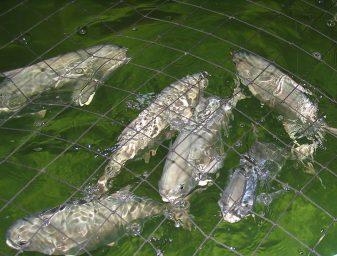
Fishmeal has been instrumental for the development of commercial aquaculture feeds, because of its high protein content, excellent amino acid profile, high digestibility and general lack of anti-nutrients.
High cost and limited availability of fishmeal has resulted in an increased use of alternative protein sources and reduced inclusion levels of fishmeal or animal proteins. To further reduce aquafeed cost and promote a more sustainable industry, increasing levels of fishmeal replacement are needed.
The Florida pompano (Trachinotus carolinus) is a highly prized food fish, with retail prices for fillets sometimes exceeding $40/kg. Numerous Trachinotus species are commercially cultured in many areas of the world using outdoor cages and intensive indoor systems.
In the United States, pompano aquaculture began in the1960s, and now – because of significant advancements in broodstock maturation, captive spawning and larviculture – there is renewed interest in its commercial culture in land-based and low-salinity recirculating systems, as well as near-shore cages.
Previous research has shown that, for pompano diets, fishmeal can be partially replaced with many plant and animal proteins without affecting fish growth rates, and that amino acid supplementation improves growth performance. Various co-products from diverse manufacturing processes are being increasingly used as alternative ingredients in aquaculture feeds, including corn and wheat coproducts from the manufacture of biofuels and ethanol production, such as distiller’s dried grains with solubles (DDGS), fermented bacterial biomass, or ethanol yeast. Microbial single cell protein (SCP) sources include algae, fungi, yeasts and bacteria. Because these coproducts are secondary products of larger commodities, they provide high nutritional value at lower cost.
In this study, we evaluated the inclusion of a dried, fermented bacterial (DFB) biomass (a co-product of amino acid production) as a fishmeal replacement in practical diets for Florida pompano. This is a summary of the original publication in Journal of Applied Aquaculture, 27:29-39, 2015.
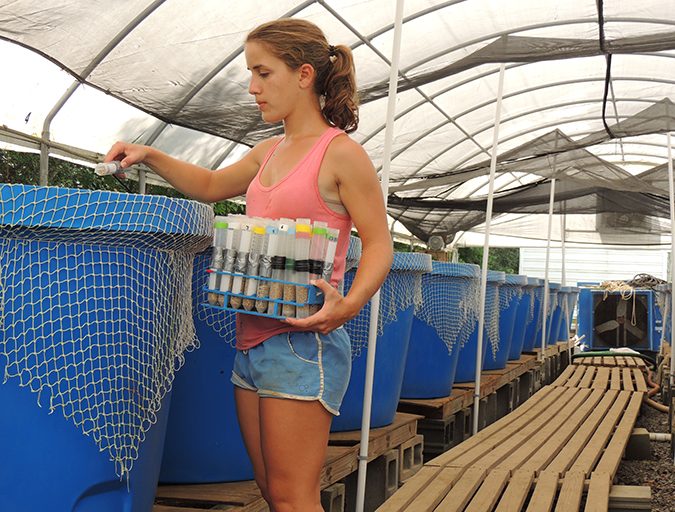
Study setup
This study was conducted with juvenile pompano (∼2 g mean initial weight) from Florida, transported to the Alabama Department of Conservation and Natural Resources (Marine Resource Division, Claude Peteet Mariculture Center, or CPMC) in Gulf Shores, Ala., USA.
The fish were acclimated and then transferred into a 5-cubic-meter tank with an independent life-support system that included a biological filter and supplemental aeration. The fish were held in this tank for approximately 30 days until reaching an adequate size for the trial.
The pompano juveniles (mean initial weight of 8.1 ± 0.41 g) were manually graded and stocked at 20 fish/tank into 12 (1-m3 each) circular, fiberglass culture tanks in a semi-recirculating system that included a reservoir tank (1-m3), a biofilter and supplemental aeration. The study system was located in a greenhouse that provides a natural 14 h L/10 h D cycle. Water was circulated throughout the system at 15 L/min and provided a full-system water exchange approximately every 13 hours and each tank turnover, approximately 1 hour. Routine system maintenance consisted of backwashing, partial water exchanges, and siphoning of organic solids as needed.
The four experimental diets were prepared at Auburn University (School of Fisheries, Aquaculture, and Aquatic Sciences) and were formulated to be iso-nitrogenous and iso-lipidic with 40 percent crude protein and 10 percent lipid. The basal diet contained 15 percent fishmeal, which was replaced on an iso-nitrogenous basis with a DFB (79 percent protein) to produce diets with 15 percent, 10 percent, 5 percent, and 0 percent fishmeal. Lysine and taurine were supplemented to the known requirements for the species. Fish were fed four times daily (7 a.m., 11 a.m., 3 p.m., and 7 p.m.) with one of the four randomly assigned experimental diets, with three replicates per treatment.
Initially, the fish were fed at 10 percent of their biomass, gradually decreasing to around 7 percent by the end of the study.
Fish were sampled every two weeks for performance evaluation and to adjust feed input. During initial stocking and after each sampling session, a prophylactic immersion treatment was carried out to reduce the stress of handling. To maintain suitable water-quality parameters for pompano, water-quality parameters were monitored routinely. The mean ± SD water quality values during the study included temperature 28.29 ± 2.52 degrees-C, salinity 35.64 ± 0.92 ppt, dissolved oxygen 4.24 ± 0.49 mg/L, pH 7.89 ± 0.13, and TAN 0.14 ± 0.17 mg/L
For additional details on the experimental diets and data analysis procedures, please refer to the original publication.
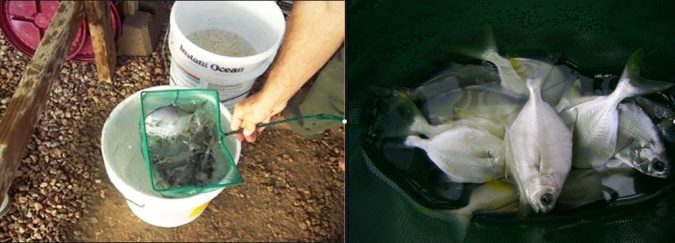
Results
Our study determined that DFB can be a feasible alternative protein source to replace fishmeal in practical diets for pompano (Table 1). There were no significant differences in mean final weight (64.5-79.5 g), survival (81.7 percent-96.7 percent), weight gain (711.6 percent – 879.0 percent), FCR (2.1 – 2.0), or TGC (0.1013 – 0.1149), regardless of the DFB inclusion levels. There was a numerical depression in mean final weight and percent weight gain, but regression analysis did not show a statistical correlation for either parameter, and there was also no correlation for survival or TGC. The use of dried fermented biomass in practical diets for the Florida pompano is feasible, according to our results.
| Treatment | Initial weight (g) | Final weight (g) | Weight gain (%) | Survival (%) | FCR | TGC |
|---|---|---|---|---|---|---|
| DFB0 (15 percent FM) | 8.17 | 77.90 | 856.32 | 81.67 | 2.11 | 0.1135 |
| DFB4 (10 percent FM) | 8.10 | 74.18 | 818.65 | 96.67 | 2.09 | 0.1107 |
| DFB8 (5 percent FM) | 8.16 | 79.51 | 879.01 | 86.67 | 1.99 | 0.1149 |
| DFB12 (0 percent FM) | 7.97 | 64.46 | 711.57 | 91.67 | 2.10 | 0.1013 |
| PSE∗ | 0.270 | 6.18 | 87.72 | 5.65 | 0.141 | 0.0031 |
| P value∗∗ | 0.9458 | 0.3731 | 0.5701 | 0.3382 | 0.9156 | 0.4593 |
Balancing the amino acid profile is critical in diets where fishmeal is replaced with other protein sources. Lysine and taurine were supplemented to the diets in this study so the requirements for pompano were met. Because of their relative low levels in other ingredients (like poultry byproducts and plant-based ingredients such as soybean meal), the primary amino acids of concern are methionine and lysine. Another important amino acid, taurine, is present in soybean meal at very low or undetectable amounts. The four diets used in this study had adequate amounts of all these amino acids, based on results from studies by other authors.
There is only one research study on amino acid co-products for inclusion in aquaculture diets, like fermented bacterial biomass: Up to 40 percent fishmeal in a diet for tilapia was replaced with a DFB without reduction in fish growth, although higher inclusion levels resulted in reduced growth.
Aside from amino acid bacterial coproducts, there is limited information on other research that used bacterial biomass as alternative protein source. Some studies used bacterial SCPs to replace 50 percent of fishmeal in diets for hybrid tilapia, and as a protein source for rainbow trout. A bacterial protein meal produced from natural gas has been tested as a protein source for mink, swine and chicken; it has been studied with Atlantic halibut, Atlantic salmon and rainbow trout. These fish species all accepted bacterial protein meals as a protein source in diets, but the maximum inclusion varied with species.
Perspectives
Our study demonstrated the growth responses of DFB as a fishmeal replacement in practical diets for Florida pompano. Our data suggests that DFB can be included at up to 12.8 percent in practical diets to completely replace fishmeal without causing significantly negative growth performance in the fish.
There is significant potential for single-celled protein sources like bacterial biomass as alternative protein in aquafeeds. Coproducts of amino acid production, including DFB, are commercially available and are economical protein sources. We recommend the continued evaluation and identification of the limitations of DFB as a protein source.
References available from last author.
Authors
-
Melanie A. Rhodes
Auburn University School of Fisheries, Aquaculture and Aquatic Sciences
P.O. Box 458
Gulf Shores, AL 36542 USA[117,100,101,46,110,114,117,98,117,97,64,57,48,48,48,114,97,109]
-
Yangen Zhou
Auburn University School of Fisheries, Aquaculture and Aquatic Sciences
203 Swingle Hall
Auburn, AL 36849-5419 USA -
Allen Davis, Ph.D.
Alumni Professor
Auburn University School of Fisheries, Aquaculture and Aquatic Sciences
203 Swingle Hall
Auburn, AL 36849-5419 USA[117,100,101,46,110,114,117,98,117,97,64,97,100,115,105,118,97,100]
Tagged With
Related Posts
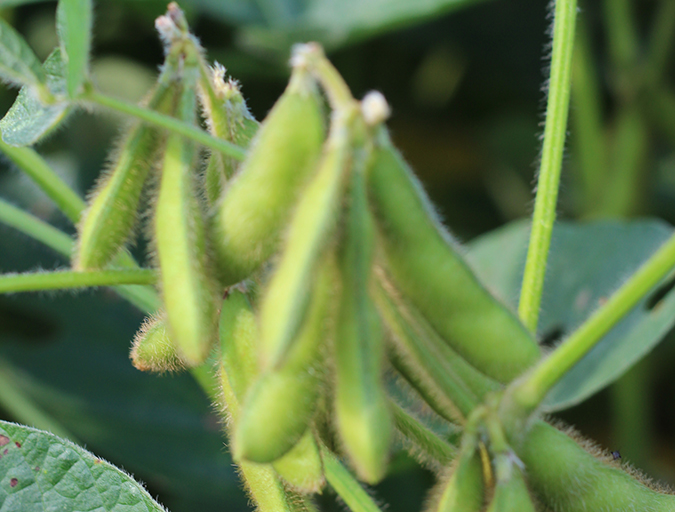
Intelligence
Omega-6s and the threat to seafood’s healthy halo
Research shows farmed fish fed diets heavy on vegetable oils have higher amounts of omega-6s and lower amounts of omega-3s, compared to fish fed diets heavy on fish oil. We take a deep dive into the relationship between the two fatty acids.
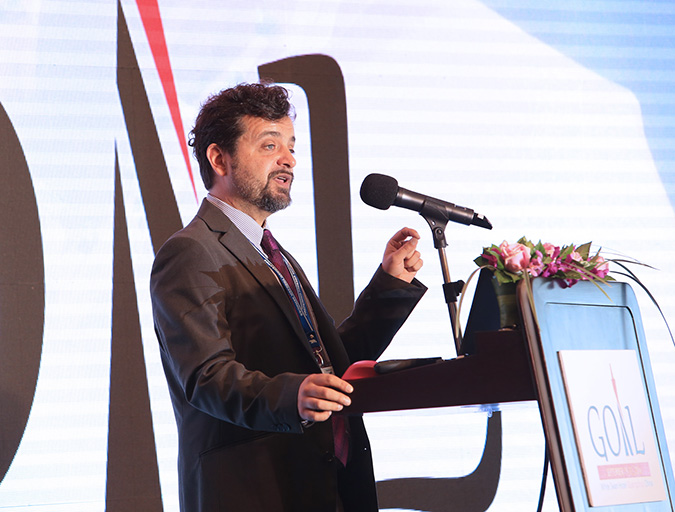
Aquafeeds
GOAL video: Breaking aquaculture’s dependence on fishmeal, fish oil
Giovanni Turchini, associate professor at Deakin University (Australia) spoke at the GOAL 2016 conference in Guangzhou, China, and gave a comprehensive historical look at global fishmeal usage.
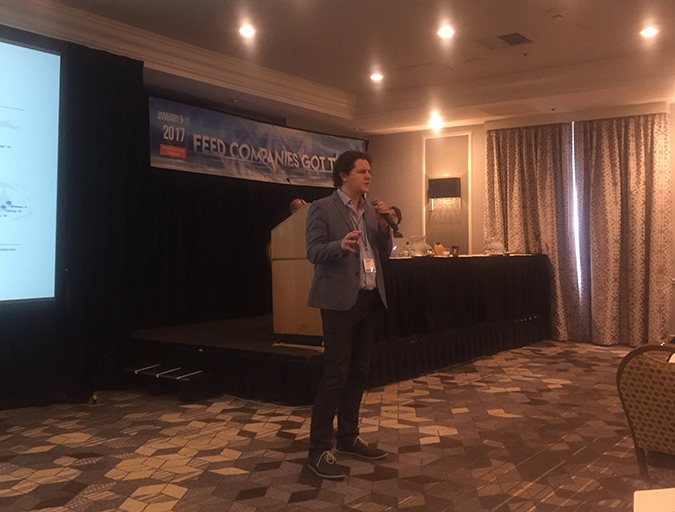
Aquafeeds
Talent show: Aquafeed companies show off at F3
Aquafeed manufacturers and alternative feed ingredient suppliers from all over the world gathered in Silicon Valley for F3, the Fish Free Feed contest. In the hub of innovation, solutions to a global problem were on full display.
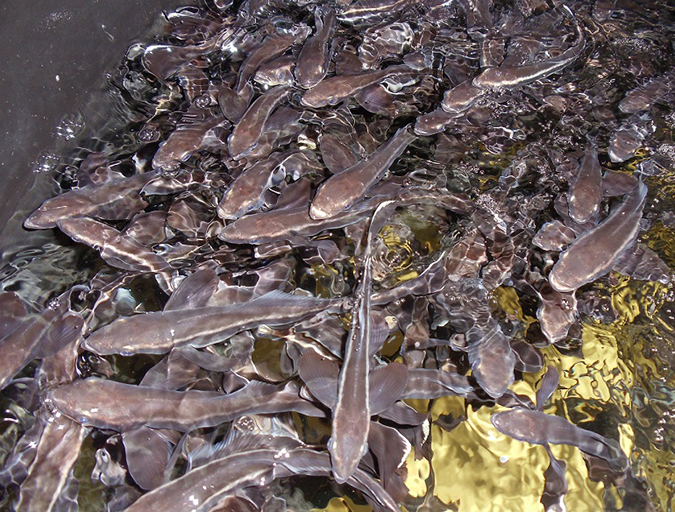
Aquafeeds
Is a fish oil-free cobia feed possible?
The availability of a cost-effective grow-out feed formulation is an ongoing bottleneck for the expansion of cobia production. Studies by the authors show that the development of an aquafeed with limited or no fish oil content is possible.


